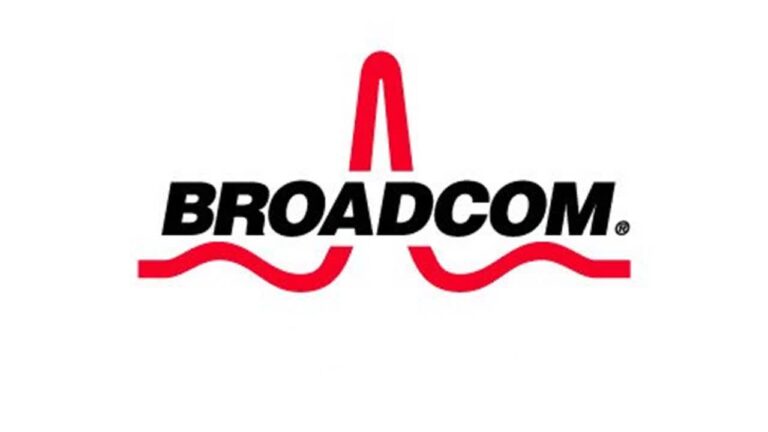The Federal Trade Commission (FTC) is cracking down on a sneaky new trend: scammers using high-tech tools to pretend they’re someone they’re not, like government officials or big-name business leaders. Now, they’re reaching out to the public to see if these protections should also shield everyday folks from falling victim to these digital doppelgangers.
This Thursday, the FTC dropped the news about stepping up their game with a fresh rule. This isn’t just any rule—it’s a game-changer that lets the FTC chase down these high-tech tricksters more aggressively, including going after the brains behind the scamming software. But here’s the twist: initially, this rule’s protective bubble wraps around businesses and government bodies. The question of extending this protective umbrella to cover John and Jane Doe is still up in the air, and the FTC is all ears, wanting to know what the public thinks.
FTC Chair Lina Khan pointed out how these techy tools are getting eerily good at mimicking real people, making it a growing threat that’s too big to ignore. With scams becoming more sophisticated by the day, ensuring everyone’s safety from these digital impostors is topping the FTC’s to-do list.
But it’s not just about slapping cuffs on the act of impersonation. The FTC is also eyeing those who hand over the technological keys to these scammers, especially if they had a hunch their tools could be used for no good.
While the nitty-gritty of who might find themselves in hot water under this new rule is still a bit murky, the message is clear: the FTC is ready to broaden its net to catch those enabling or engaging in this high-tech hoodwinking.
Following closely on the heels of the Federal Communications Commission’s (FCC) recent move to ban AI-voiced prank calls, the FTC’s announcement marks another step towards tightening the leash on AI’s role in communication.
So, the FTC’s message is loud and clear: “If you’re making or using AI to trick people, we’re coming for you,” and they’re eager to hear from the public about making these protections even stronger.
Resources:
https://www.ftc.gov/system/files/ftc_gov/pdf/r207000_impersonation_snprm.pdf




Leave a Comment